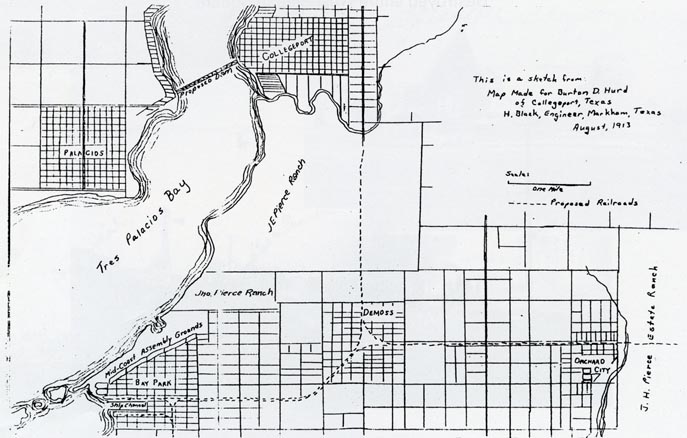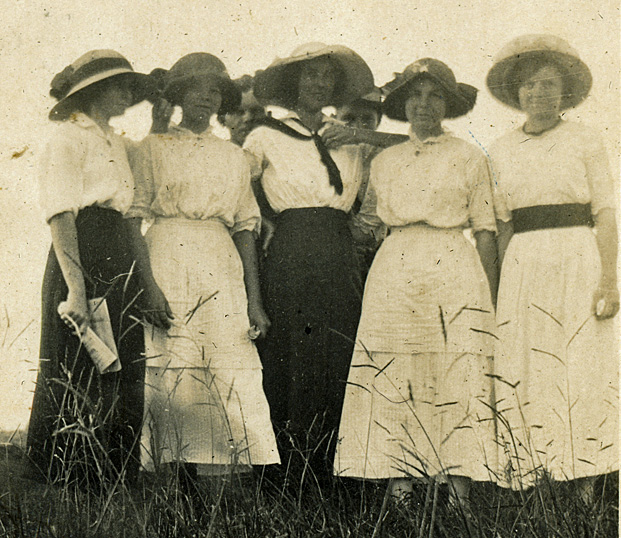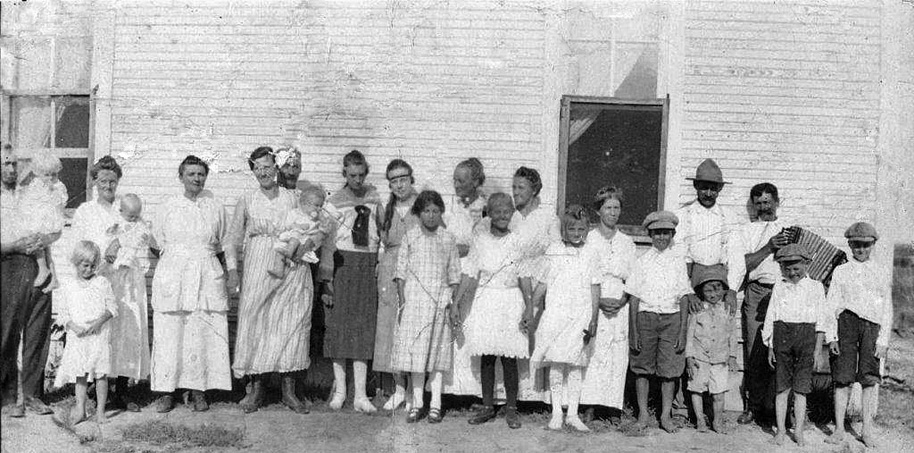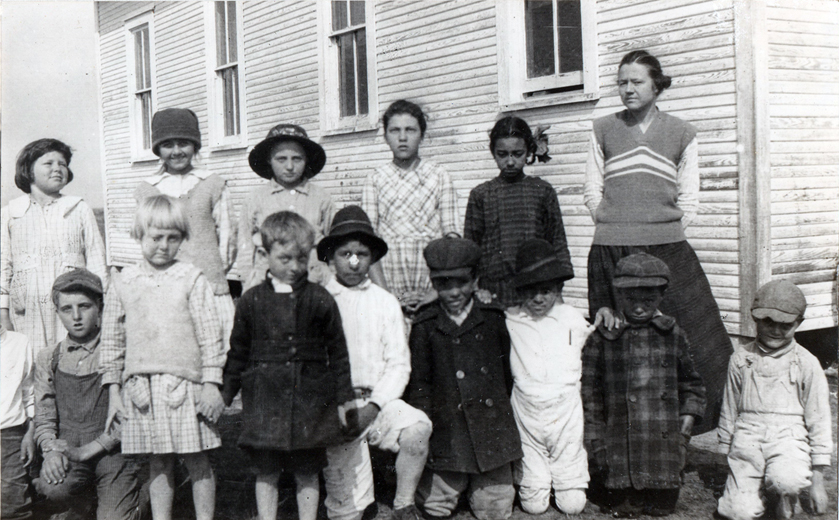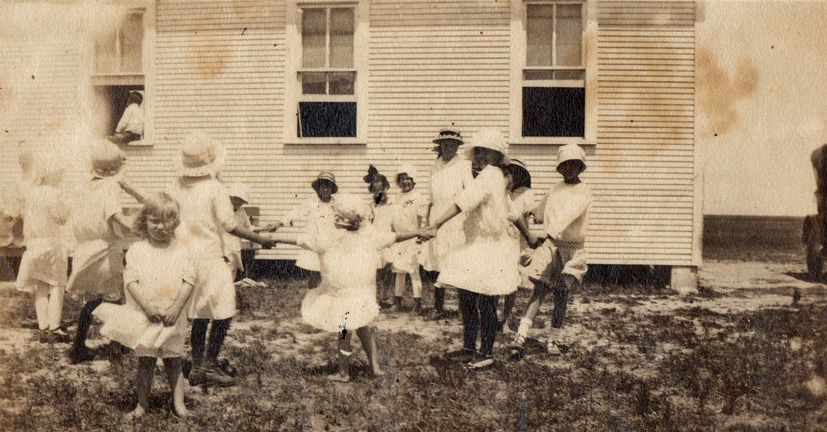|
|
|
|
|
|
|
Just before the turn of the century, there was a settlement about four miles south of Collegeport, just to the east of Oyster Lake Road, called Swedish Settlement. In the same area was a settlement called DeMoss.
The area grew when former Governor B. C. Jester had several homes built in DeMoss ad brought in cotton farmers from the Corsicana area. Surnames of some of the families who lived in the area were Adams, Scofield, Armstrong and Rylander.
Times were not easy for the settlers. During a sleet storm, Adams left his family to go to Palacios for supplies. The storm was so severe that he was not able to return for some time; the family subsisted on rabbits and chickens. They would see a small hole in the ice where the chickens' breath had warmed the ice enough to melt it, and so, found chickens to cook.
The DeMoss School derived its name from the DeMoss Survey situated
about four miles southeast of Collegeport. The school was on the
south side of the second crossroad, about a quarter of a mile west
of the George Wainner Blacksmith Shop, a mile or so south of the
Franzen home. The one-room school accommodated the farm children in
need of an education, so it was not built until the pioneer
families' children were of school age. The school opened in 1914 and
closed in 1922, when it consolidated with the Collegeport school.
The first teacher was a Mr. Rogers, who with his wife and baby lived
in a tent placed next to the school. The Collegeport New Era
reported that the Rogers family often spent weekends with Mrs.
Rogers' relatives in Palacios. When a wet norther blew in, the
trustees let the Rogers move into the schoolhouse, using their tent
to separate living quarters from the classroom. Other teachers who taught in DeMoss were: Jessie Merck, Pearl Love (who played the organ in the school where church services were held on Sunday afternoons), Mariam Glasser, Mary Lindamood, Clara Schley, Janie Yates, Ruth Braden and Ora Luce.
Among the trustees were Gust Franzen, Louis Walter and Henry Rolen. Dorothy Franzen and her sister, Mamie, and brothers, Arnold and Clifford, walked from their home south about one-and-a-half miles along a dirt road to the school. Some other pupils who attended DeMoss School were: Louise Walter, Emma Hammerbeck, and the Bieri, Hurtmore, Sundstrum, Heemer and Wainer children.
From the beginning, the farm families gathered at the school for Christmas programs. Some of the men would go to the Colorado River bottom and cut huge trees on which wax candles were placed as part of the Christmas tree decorations. Box suppers were held to raise money for school playground equipment and the like. At the closing of school in May, the farmers and ranchers gathered at the school for a covered-dish dinner and games.
A year or two before DeMoss consolidated with Collegeport in 1923, another room was added to the school building. In the 1930's Simpsonville, Citrus Grove and Pecan City also consolidated with the Collegeport School District.
Dorothy Merck
Historic Matagorda County, Volume I, pages 334-335 |
|
|
|
[The De Moss school building was moved to the Collegeport School
grounds.] Palacios ISD 75th Anniversary 1906 - 1981, Palacios Beacon Supplement
|
|
|
|
|
